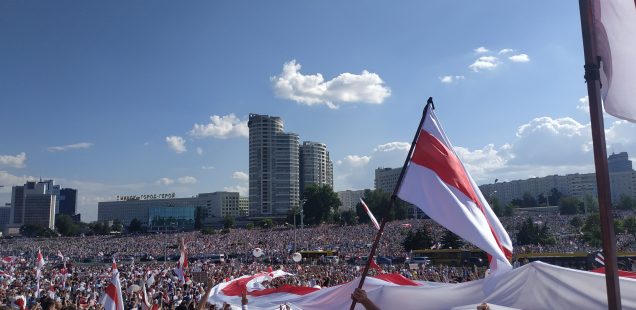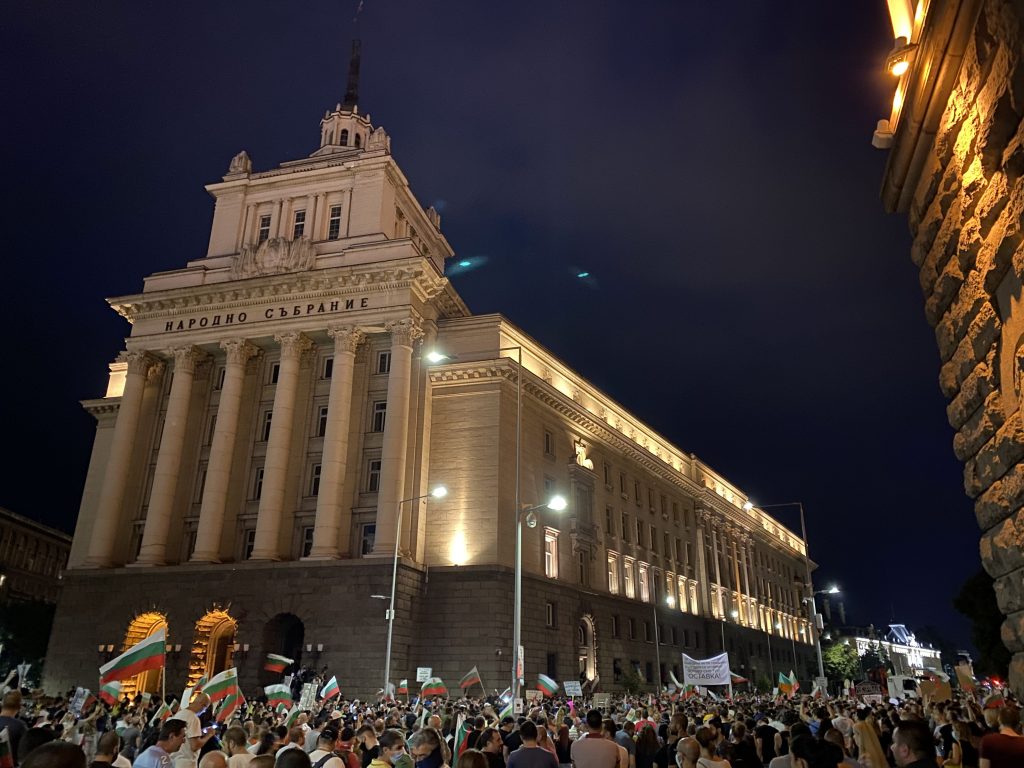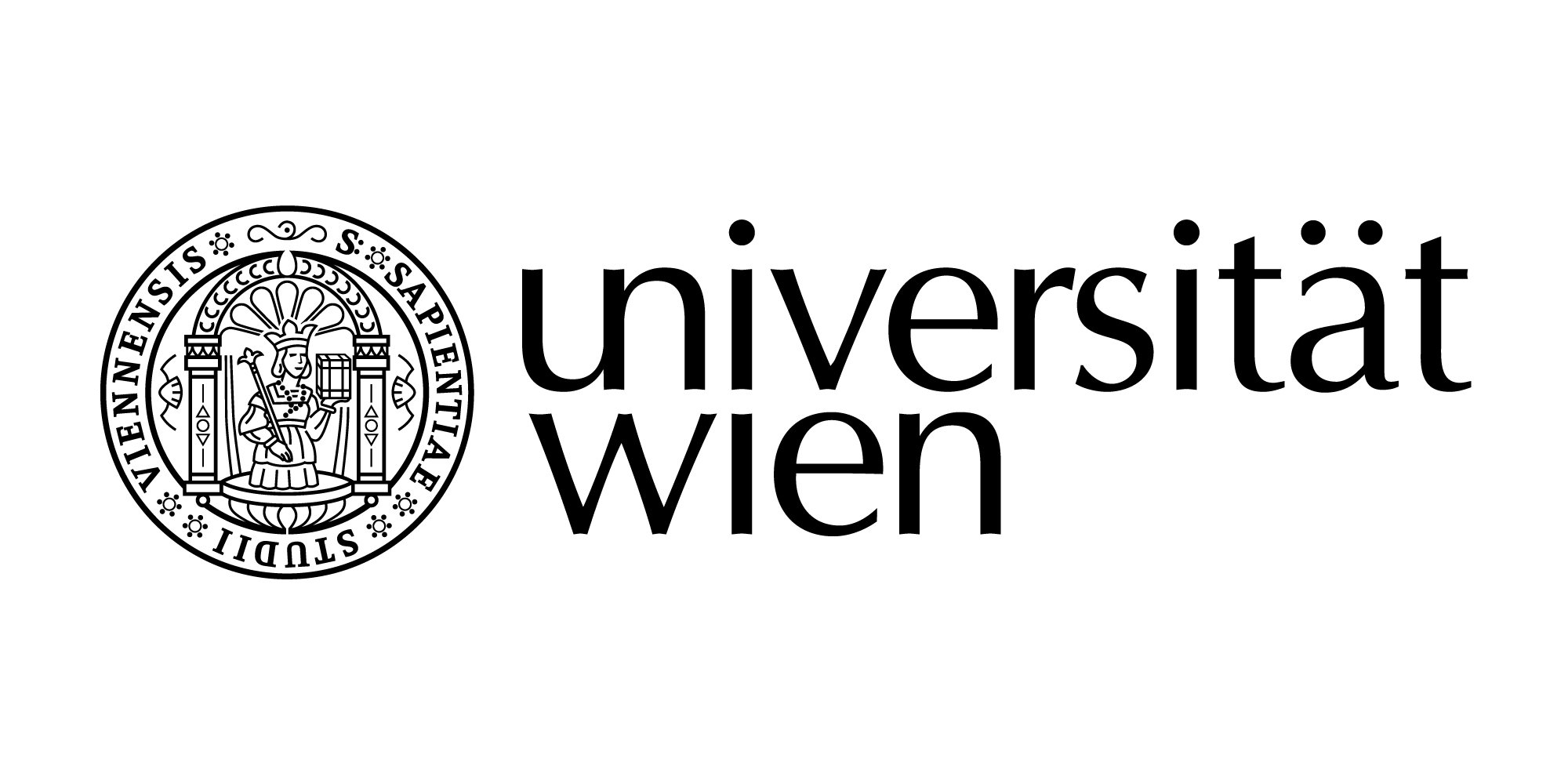
Of Apples and Oranges: Protest Trajectories in Belarus and Bulgaria
Comparing apples to oranges is an often cited fallacy ostensibly providing leverage to discard an argument offhand without the need for justification. And indeed, the adage makes good sense when aggregating or subtracting instances of anything worth counting, because of the unit homogeneity requirement for the validity of mathematical functions. However, if one is interested in understanding the properties of an apple, comparing it to an orange (in terms of size, shape, contents, etc.) might be a good place to start. Acknowledging the distinct nature of these two instances of the more general category of “fruit” can be used as a reference point for understanding the properties of both. Along the same lines, the recent protests in Belarus and Bulgaria represent quite different “fruits” in many regards, including the respective participating groups, repertoires, and implications. Judy Dempsey has already looked at how these two protest waves fit into the broader political struggle within the EU. In this short piece we take a different, bottom-up view at several key features of the protest trajectories in the two countries with the aim to instrumentalise their divergence in revealing their inherent properties, thereby contributing to a better understanding of both.
Participants
Belarus
The Belarusian protest movement is a heterogenous alliance united by opposition to Lukashenka, who, according to the authorities, won the controversial presidential election on August 9th for the sixth time in a row. While many educated, liberal and urban citizens and white-collar professionals take part, the alliance with blue-collar workers within the state-led industry is less stable than hoped by the opposition. Strikes in prestigious companies like BelAZ, MAZ (coaches and trucks) and Grodno Azot (fertilizer) were ended by pressure from the state, arrests and layoffs, which have undermined the alliance in practice. Newer strike attempts failed, most notably after the ultimatum of 26th October that called for a general strike in case Lukashenka refused to resign.
The political body of the movement is the Coordination Council that seeks to represent the whole society by remaining open for new core members (though its Board members are fixed). The Council was created to facilitate negotiations and resembles a cabinet in its structure, but the regime, however, recognizes the Council only as an attempt to seize power. Members of the Council’s Board have already been arrested or forced into exile, like the presidential candidate Tsikhanouskaya.
The unexpected rise of the female trio (Tsikhanouskaya, Kalesnikava and Tspekalo) as oppositional leaders with a common platform has been a by-product of the regime excluding male opposition candidates and disregarding their female substitutes, since people, as argued by Lukashenka, would not be mature enough to vote for women. As men were the primary targets of the repression, women stepped to the foreground and became the definitive face of the protest – before and after the election.
Bulgaria
Like in Belarus, the recent protest movement in Bulgaria has been a heterogenous mixture of social groups brought together in a situational alliance with the aim to oust the government in a snap election. As in Belarus, the well-educated, well-earning, well-travelled urban citizen has been a driving force for a protest that prioritises political over social demands. Unlike Belarus, however, the workers’ unions were not part of the protests even during the largest waves of mobilisation in early September. In the absence of a large state-owned industrial sector making the government vulnerable to strikes and labour demonstrations, the liberal-minded opposition in Bulgaria did not reach out to the working class as a potential ally.

The protest activities in Bulgaria are to a large extent organised by a narrow executive (among several other less successful groups), i.e. the self-styled “Poisonous Trio” (compare the collective body of the Coordination Council in Belarus). Comprising three men – a lawyer, a political PR specialist, and a sculptor – this exclusive formation is hardly representative of the multitude of social groups who are disenfranchised from the governance system in Bulgaria, though the trio can perhaps be considered representative of the most active part of the protesters. Interestingly, the restricted access to political life in Belarus in combination with the deep-seated patriarchal values enabled the emergence of the emancipated woman figure at the forefront, unlike in Bulgaria where the relatively free access to political competition simply reproduced the gender biases that generally shape social relations.
Repertoires
Belarus
The first weeks were characterized by daily mobilization in Minsk and regional cities. While the first days were accompanied by confrontations with OMON-forces and several deaths on the protesters’ side, the following months were mostly peaceful, apart from state violence in different intensities and occasional September attacks on governmental websites by so-called ‘cyber-partisans’.
Recurring events are the Sunday marches with approx. 200.000 participants in Minsk top, as well as smaller-scale women’s marches on Saturdays and ‘marches of wisdom’ of the elderly on Mondays. As the downtown became less accessible, a decentralization of protest and cultural activities followed as people increasingly gathered in their own neighbourhoods. The Coordination Council encouraged the establishment of official neighbourhood assemblies (appropriating the existing legal framework) to foster local solidarity and to impede the removal of murals and white-red-white symbols. Unofficial memorials for regime victims, e.g. for Taraikouski at Praspekt Pushkina and Bandarenka on what is now known as the ‘Square of Change’, were cleared by police forces.
The white-red-white flag and the ‘Pahonja’ coat of arms, dating back to the Grand Duchy of Lithuania, are characteristic for the movement. Both are associated with a liberal-democratic, pro-European and/or nationalist mindset within the opposition, which uses the colour scheme in many different instances, e.g. in protests, on clothing, residential buildings and vehicles. The authorities refer to the use by fascist collaborators in the Great Patriotic War and try in vain to keep the flag out of the public. While the authorities used to denounce the flag even before the elections, its display became criminalized and was equated to the organization of an unauthorized mass protest since early December.
Bulgaria
The centrepiece of the repertoire of contestation in Bulgaria has been the relatively well-attended, generally peaceful, and regular protest gathering in Sofia (recreated on a much smaller scale in several other large urban centres). Numbering in the tens of thousands during the largest gatherings in Sofia (compare the hundreds of thousands in Minsk) the Bulgarian protest did not attract such a broad alliance of social groups as the one in Belarus. Perhaps the lower intensity of the police response in Bulgaria did not evoke the same wide-reaching societal consternation as the prolonged arbitrary violence in Belarus (though the police in Bulgaria acted confrontationally on at least two occasions in July and in September). Even so, it should be noted that in Bulgaria the protest itself was designed and framed in more exclusive terms than in Belarus. From the daily call to the streets that made participation practically impossible for those balancing unregulated working hours and unfacilitated family care during the week (compare the Sunday marches in Minsk); through the interruptive protest practices continuously blocking key transport junctures connecting residential areas to the industrial and commercial hubs in Sofia (compare the lack of prolonged blockades in Minsk); to the exclusive “Poisonous Trio” that styled itself as the mouthpiece of the protest movement and centralised its repertoire (compare the Coordination Council in Belarus relying on decentralisation). All this contributed to severing the bond between the active participant and the passive supporter of the protest. Notably, the Bulgarian protest has not produced a symbol of its own (like the white-red-white flag in Belarus) that could be instrumentalised early on as a low-threshold signification of resistance in everyday life thereby giving everyone a sense of the breadth of the support to the protest demands.
Ongoing transformations
Belarus
The arbitrary violence against protesters and bystanders has been too harsh to reinstate the pre-election status quo but not harsh enough to supress the uprising for good. The regime’s brute reaction deepened existing cleavages and damaged the legitimacy of the regime permanently, even though Lukashenka might not step down in near future. Further brain drain and economic turbulences are to be expected, since Belarusian IT specialists and students signalised the readiness to migrate and neighbouring states are eager to recruit them.
Despite all differences the protest movement still agrees on four major demands: a) the resignation of Aljaksandr Lukashenka, b) fair and free elections, c) release of all political prisoners and d) the end and investigation of acts of state violence. These immediate political goals are not achieved (yet). Protesters are still publicly decried as foreign agents and social parasites. While death investigations are denied, five people have been sentenced to house arrest (1.5 years) or prison colony (2 years) for the graffiti slogan ‘[We] will not forget’ (here and here). The authorities have not offered any concessions and even though they emphasize the planned All Belarusian People’s Assembly and its task of a constitutional reform, this body was already established in 1996 and acts loyal to the regime.
Bulgaria
Just like in Belarus, the immediate political goals of the protest in Bulgaria (resignations of the heads of government and state prosecution, plus snap elections) have not been achieved. Still, the protest trajectory in Bulgaria exposes important transformations in the broader societal context that can be expected to leave a mark on the political process, including the forthcoming regular parliamentary elections in spring 2021. Notably, the protest politicised the private life and free time of many (more so in the large urban centres, and less so than in Belarus). Whether or not one attended/supported the rallies was a salient topic of discussion for several months, thereby fostering a somewhat forgotten involvement in political life. However, the protest failed to consolidate a broader societal alliance that could provide a mandate for a wide-reaching political transformation of the relationship between government and civil society. The centralised and exclusive context of the protest did not provide a fertile ground for a solidarity movement to oppose not only the personas currently in power, but also the power structures that allowed them to come to it in the first place. Instead, the protest shook up the governing coalition and initiated a race to the top, providing an extra handicap to those political actors who manage to tap into the potential mobilised by the protest.
Conclusion
The protest trajectories in Belarus and Bulgaria are as different as apples and oranges, but that does not mean that their comparison cannot be fruitful. The protest in Belarus emerged in the aftermath of contested elections, while that in Bulgaria meant to trigger elections; the former comes across as inclusive and decentralised, the latter as exclusive and centralised; the former faces hard repression, the latter hardly faced repression; the former provides space for overcoming structural gender biases, the latter reproduces them. And although both protest mobilisations are failing to produce their immediate political goals, they appear to do so for different reasons having to do with their inherent properties and the nature of their relationships to the respective ruling elites. In this sense a systematic comparison could yield valuable insights and represent an important first step in explaining each of the protest trajectories.
This work was supported by a postdoc fellowship of the German Academic Exchange Service (DAAD).


